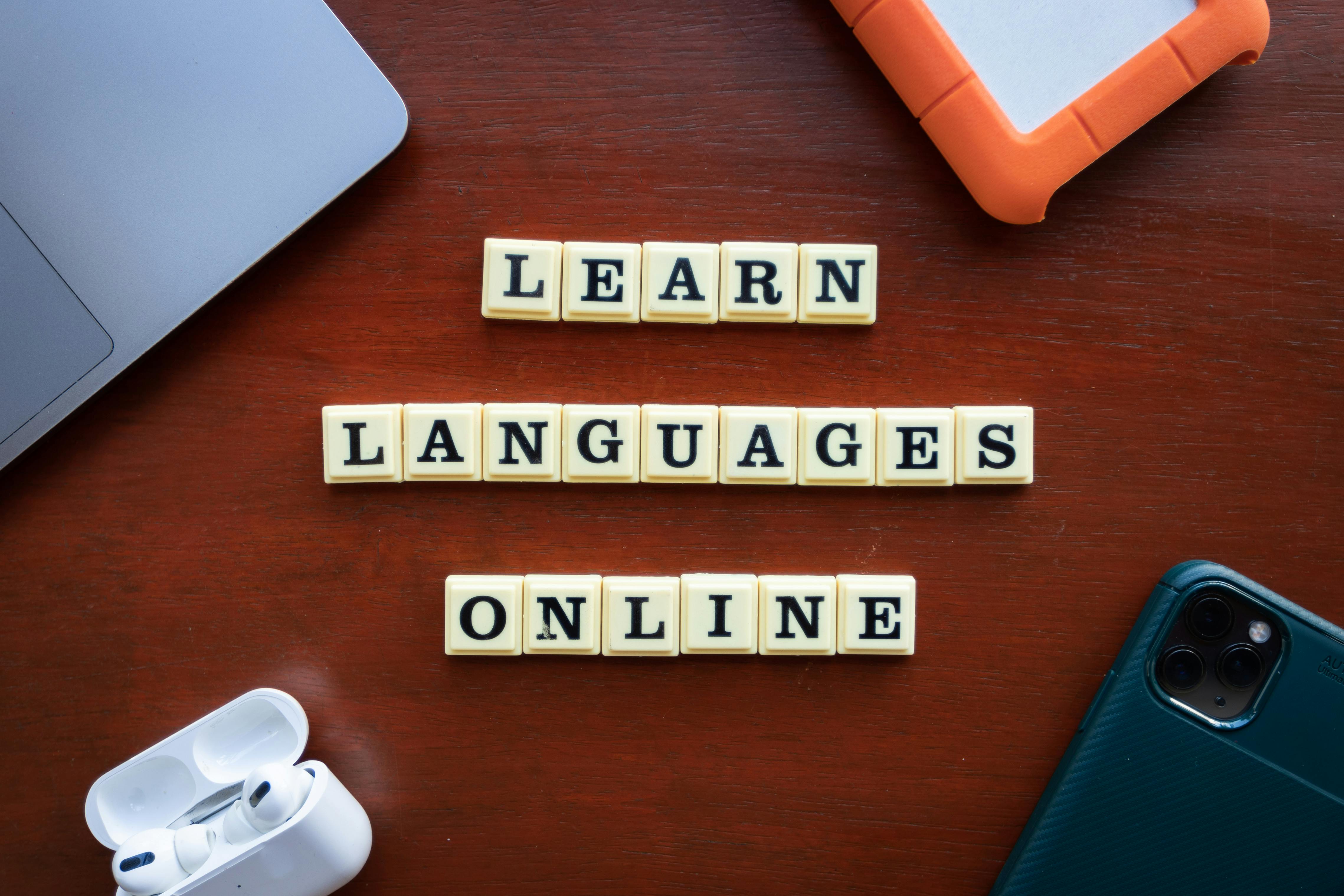Mastering Online AI Dubbing Educational Course for Success
AI technology is revolutionizing the way we learn and communicate. In particular, an online AI dubbing educational course empowers educators, content creators, and learners to engage more effectively across languages and platforms. This guide explores everything you need to know about AI dubbing in education—its principles, applications, challenges, and future potential.

Understanding the Fundamentals
At its core, AI dubbing leverages artificial intelligence to convert spoken language into multiple languages and voices, creating seamless and natural-sounding audio. Its role in educational technology has grown significantly, allowing multilingual access to content like never before.
Understanding how this technology works is essential. Think of it like a smart translator and voice actor combined—able to mimic tone, emotion, and clarity, all in real-time. In an online AI dubbing educational course, these foundations lay the groundwork for more advanced applications.
1.1 Voice Cloning and Speech Synthesis
Voice cloning enables AI to replicate human voices using minimal audio samples. Speech synthesis then transforms text into audio using neural networks trained on vast linguistic datasets. For instance, educators can create personalized voiceovers for lessons without needing to record each one manually.
Applications span language learning, accessible education for the visually impaired, and localized digital content. A common myth is that AI dubbing sounds robotic—modern solutions have largely overcome this with neural TTS models.
1.2 Language Modeling and Natural Language Processing (NLP)
Language models form the backbone of AI dubbing. NLP allows the system to understand context, tone, and intent, ensuring the dubbed voice matches the original speaker’s meaning. This makes the technology invaluable for both scripted and live educational content.
Use cases include e-learning platforms needing consistent translations and institutions offering global courses. NLP helps AI dubbing tools stand apart from basic translation software, offering depth and realism in audio outputs.
Practical Implementation Guide
Once the fundamentals are clear, implementing AI dubbing in an educational setting becomes more intuitive. A well-structured online AI dubbing educational course guides learners through platform selection, content preparation, and output optimization. Results typically include improved student engagement and increased content accessibility.

2.1 Actionable Steps
- Choose the Right Software: Select a reliable AI dubbing platform with multilingual support and natural voice options. Tools like Resemble AI or Papercup offer excellent features.
- Prepare the Script: Transcribe your lessons or use AI-generated captions. Ensure clarity and correct grammar to aid accurate dubbing.
- Record Base Audio: Use a clear voice recording or upload pre-existing content. AI will analyze and generate dubbed versions based on this input.
2.2 Overcoming Challenges
Here are common obstacles and ways to tackle them:
- Audio Quality Issues: Use professional microphones or noise cancellation software.
- Language Misinterpretation: Double-check translations for accuracy and cultural relevance.
- Software Limitations: Choose tools with frequent updates and robust customer support.
- Slow Processing Time: Pre-process content in batches during off-peak hours.
Experts recommend starting with short content clips to refine technique before scaling. Troubleshooting forums and user communities can also offer quick resolutions.
Advanced Applications
Once you’re proficient in the basics, it’s time to explore more complex uses of AI dubbing in education. These advanced methods provide opportunities for scalability and integration across multiple platforms. An online AI dubbing educational course typically includes modules for these specialized techniques.

3.1 Automated Real-Time Translation
AI systems can now translate and dub lectures in real time. This is especially beneficial for international webinars and live classes. Case studies from global universities show a 30% increase in engagement when using real-time dubbing tools.
By integrating APIs with video conferencing tools, educators can provide instant language support—boosting inclusivity and understanding across student demographics.
3.2 Integrating with LMS Platforms
Advanced AI dubbing tools integrate smoothly with Learning Management Systems (LMS) like Moodle or Blackboard. This allows automatic dubbing of uploaded content and facilitates language selection by learners.
Compatibility is key. Ensure your dubbing platform supports SCORM or xAPI standards for seamless functionality. This makes managing multilingual content more efficient and scalable.
Future Outlook
AI dubbing is set to transform digital education. Experts forecast that by 2028, over 60% of online educational content will be localized using AI voiceovers. Emerging innovations include emotionally responsive dubbing and voice personalization per learner preference.
Educators and content creators can prepare by staying updated with AI trends, enrolling in training programs, and experimenting with beta tools. Staying proactive will ensure long-term relevance and impact.
Conclusion
To summarize:
- AI dubbing enhances accessibility and engagement in education
- Effective implementation requires the right tools and strategies
- Advanced applications open new possibilities for scalable, inclusive learning
The value of an online AI dubbing educational course lies in its ability to empower learners and educators alike. Start exploring the tools, test them with your content, and stay ahead in this digital revolution.
Ready to get started? Begin by selecting a course that fits your goals and technical level—your future in educational innovation starts here.
Frequently Asked Questions
- Q: What is AI dubbing in education? It’s the use of artificial intelligence to create multilingual voiceovers for educational content, enabling global reach and inclusivity.
- Q: How can I start using AI dubbing for my course? Choose a dubbing platform, prepare your script, and follow a structured course to learn practical implementation.
- Q: How much time does it take to complete an AI dubbing course? Most courses range from 2 to 6 weeks, depending on depth and learning pace.
- Q: What does an AI dubbing course typically cost? Prices vary from $100 to $500 based on course content, certifications, and included tools.
- Q: How does AI dubbing compare to human voiceover? AI is faster and more scalable but may lack nuanced emotion. For large content batches, it’s more cost-effective.
- Q: Is it difficult to learn AI dubbing? With guided instruction, it’s accessible to beginners. Most tools offer intuitive interfaces and tutorials.
- Q: Can AI dubbing be used in corporate training? Yes, companies use it to localize internal training videos, onboarding modules, and compliance content efficiently.
